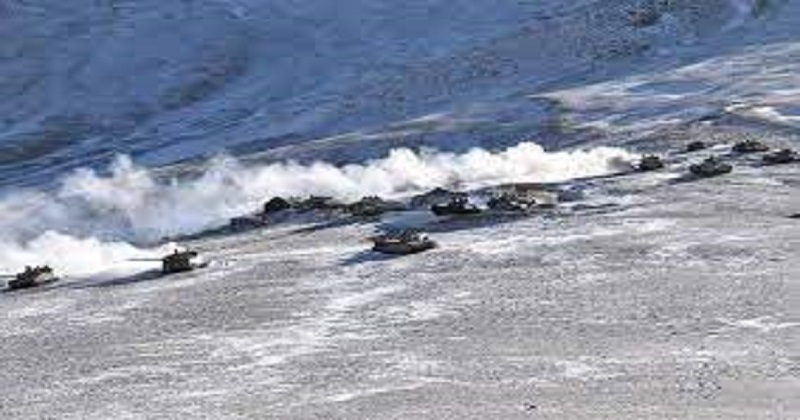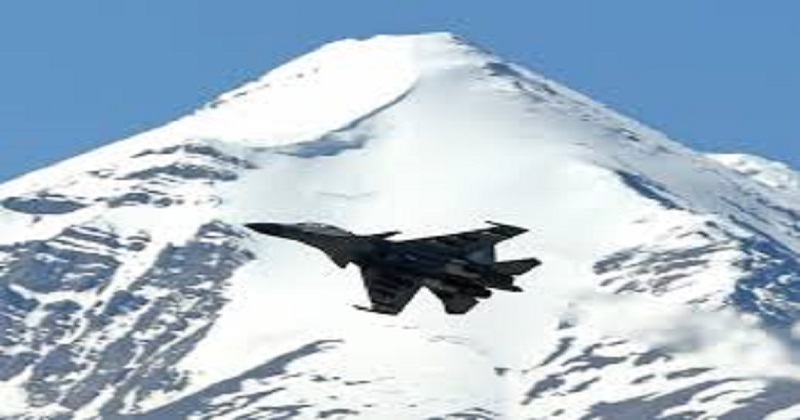
According to the Chief of Defense Staff (CDS), General Bipin Rawat, air defense is becoming more and more complex in light of the proposal to create an air defense theater command. Not only aircraft but also helicopters occupied the airspace heavily. As a result of the ongoing standoff between China and the People’s Liberation Army (PLA) in East Ladakh and the presence of two S-400 squadrons at Hotan and Nyingchi, national security planners are now rethinking their air defense policies. Adding to this complex scenario are armed UAVs, swarm drones, missiles and rockets, which have become stand-alone weapon systems.

Indian forces are expected to receive five squadrons of S-400 systems from Russia starting in December 2021, but the anti-aircraft system can target a fighter 400 kilometers away. As a result, any aircraft that gathers height and aims to shoot down a target becomes a target of the weapon system itself. As a result, the Indian Air Force (IAF) focuses on Hammer air-to-ground missiles as a future weapon since the missile does not need to be launched from a high altitude; instead, it hugs mountain features, zooms up to a height when approaching the target, and destroys it top-down at a 90-degree angle using three different guidance systems in addition to GPS. IAF has already tested the Hammer missile and it is already in its arsenal, with the French offering to work together on the development and production of this long-range weapon.
The air defense system in India is under threat from a technologically advanced adversary in the north. The fundamental question is whether India should invest in more aircraft and helicopters, or stand-alone systems that will decide future wars. The IAF is mandated to have 42 aircraft squadrons, each with 18 aircraft, but it currently has 30 squadrons, with the potential for six more squadrons.

The Rafale can carry out more sorties than a MiG, and the S-400 is an air defense game-changer, so does the IAF really need 42 squadrons? Perhaps the answer lies in raising more armed UAVs, rockets, and missile regiments that can suppress the enemy’s troops and air defenses. It is for these reasons that the Indian military will soon approach the government about acquiring armed Predator drones from the US on a government-to-government basis. Also, the US is offering to train Indian personnel in cybersecurity in light of the vulnerability of Indian defense systems to cyberattacks by adversaries that are acting in India’s interest.
Read more: Cannabis: Highs and lows of using it
Long-range missiles are threatening not only aircraft carriers but also air bases and large military cantonments as well. Radars with the long-range capability to detect enemy positions are the way of the future, as well as missiles with rapid response capabilities that can eliminate dangers before they threaten us. In today’s world, China is India’s principal adversary, not Pakistan.

Post Your Comments